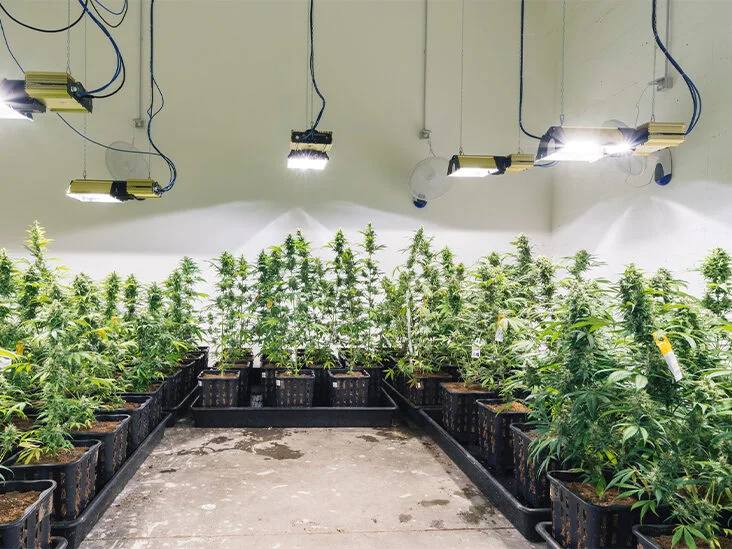
At our SEO and copywriting agency, we understand the power of well-crafted content to drive traffic, engagement, and conversions. And when it comes to a topic as complex and multi-faceted as cannabis, we are committed to providing a comprehensive guide that covers all aspects of this versatile plant. From its historical uses to its medicinal properties, from its legal status to its cultural significance, this article will delve deep into the world of cannabis and uncover its many facets. If you’re looking for a reliable source of information about medical cannabis, check out https://leafydoc.com/ for valuable insights and resources.
Understanding the History of Cannabis
Cannabis has a rich history that spans thousands of years, with evidence of its use dating back to ancient civilizations. The plant has been cultivated for various purposes, including for its fibers, seeds, and psychoactive properties. In fact, cannabis has been used for medicinal, recreational, and spiritual purposes in different cultures around the world.

Ancient Chinese texts mention cannabis as early as 2700 BCE, where it was used for its medicinal properties. In India, cannabis has been used for thousands of years as part of religious ceremonies and for its potential therapeutic effects. In ancient Egypt, cannabis was used for medicinal purposes and as a source of fiber for making ropes and textiles.
Cannabis also has a long history in Western countries. In the United States, cannabis was widely cultivated for industrial purposes until the early 20th century when it was criminalized due to concerns about its psychoactive effects. However, recent years have seen a resurgence of interest in cannabis for its medicinal properties, leading to the legalization of medical cannabis in many states.
Unveiling the Medicinal Properties of Cannabis
Cannabis contains over 100 compounds known as cannabinoids, which interact with the body’s endocannabinoid system to produce various effects. The two most well-known cannabinoids are delta-9-tetrahydrocannabinol (THC) and cannabidiol (CBD), which have different properties and effects on the body.
THC is the psychoactive compound in cannabis that produces the “high” sensation commonly associated with marijuana use. However, THC also has potential medicinal properties, such as pain relief, appetite stimulation, and anti-nausea effects. Medical cannabis containing THC has been used to treat conditions such as chronic pain, multiple sclerosis, and chemotherapy-induced nausea and vomiting.
On the other hand, CBD is a non-psychoactive compound that has gained attention for its potential therapeutic properties. CBD has been studied for its anti-inflammatory, analgesic, anti-anxiety, and anti-seizure effects. It is commonly used in medical cannabis products that are intended to provide therapeutic benefits without the psychoactive effects of THC.
In recent years, research on the medicinal properties of cannabis has been growing, with promising results for various conditions such as epilepsy, Parkinson’s disease, cancer, and mental health disorders. However, more research is needed to fully understand the therapeutic potential of cannabis and its cannabinoids.
Navigating the Legal Landscape of Cannabis
The legal status of cannabis varies greatly around the world and even within different states or provinces of a country. While cannabis is illegal in many countries, including some states in the United States, there has been a growing trend towards legalization for medicinal and/or recreational use.
In the United States, for example, over 30 states have legalized medical cannabis, and several states have also legalized recreational cannabis. However, cannabis remains illegal at the federal level, which creates a complex legal landscape with implications for businesses, consumers, and healthcare providers.





